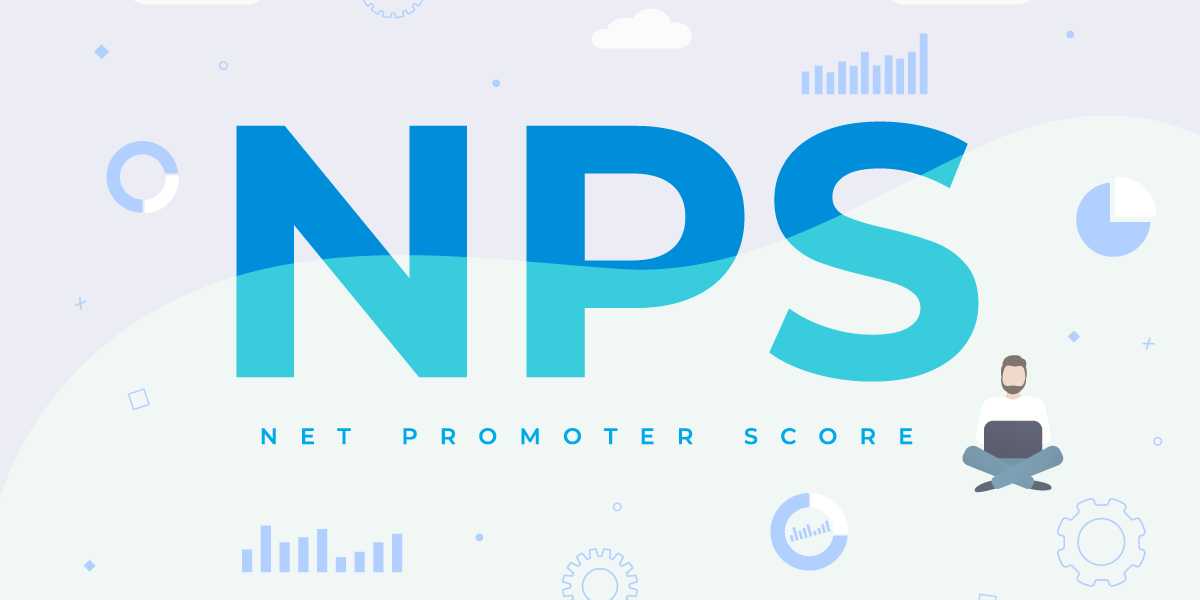Buyer personas are critical to successful marketing. Be that as it may, they are also an often-overlooked part of a marketing and sales strategy. Why is that? I think it’s because most marketers would rather use their gut instinct than take the time to collect data. Collecting data to build good personas can be tedious, and for the experienced marketing and sales professional, the time it takes to do this data collection just isn’t worth it. The questioning of clients and prospects in this manner also seems needlessly obtrusive. In the mind of a marketing or sales pro, they know their targets, they know their behaviors — so they think it’s a waste of time to ask questions they already know the answers to.
>> Build Better Personas With Our Easy-to-Use Template — Click Here<<
But I’ve learned personas carry with them many surprises. Sales and marketing professionals usually do not understand targets as well as they think they do, and this leads to suboptimal results in campaigns and efforts. Personas, often relegated to the sidelines of marketing priorities, are essential tools for sales and marketing teams. The marketing team needs to know to whom they are marketing, and the sales team needs to know to whom they are selling — and without tangible representations of those targets, everything becomes guesswork.
The challenge to building personas is getting started. Where do you begin? The next time you’re chatting with a client, ask them these three questions and be sure to record their responses — you can use the template below. You just might find it seamlessly leads down the path of creating a great persona.
How is success measured?
What we’re looking for is a metric. Whether its annual revenue, cycle times, cases per hour, percentage of goal or NPS, there is always a number (or series of numbers) being used to gauge success and failure. By uncovering key metrics, we identify the numbers we need to move. Once we know the numbers that need to move, we can present the solution to move them. Remember, big broad numbers (like annual revenue) are just one piece of the puzzle. Drill down to the monthly, weekly and daily numbers that lead to the overarching goals.

Uncover who your buyers really are with carefully-crafted buyer personas.
How do you prefer to communicate?
This question is sneaky. It seems like a simple way of adjusting your orientation to fit your client’s needs — but it’s more than that. Understanding the channels they prefer to communicate through leads to a conversation about the channels they are aware of. This, in turn, can lead to conversations about devices, technologies, media preferences and behaviors. A ton of useful information can be dislodged by this one, unassuming, simple question.
What are you doing this weekend?
Aside from the benefits of personalizing interactions and building rapport, asking this question can deliver persona paydirt. Asking how targets spend their free time (or not-so-free-time — remember, they might be working this weekend) can uncover interests, hobbies and behaviors. By asking this question of several clients in similar roles, you can look for and identify a commonality that may be the secret door to success in your future marketing endeavors.
The last thing I’ll say is that in building a persona, you are trying to tell a story. This story is about a living, breathing person with a unique, authentic, and meaningful life. Think about that — it’s a story about someone’s life. Take the time to ask the questions and learn about the person. Then you’ll be able to tell the story in an accurate, compelling way with a razor-sharp buyer persona.





